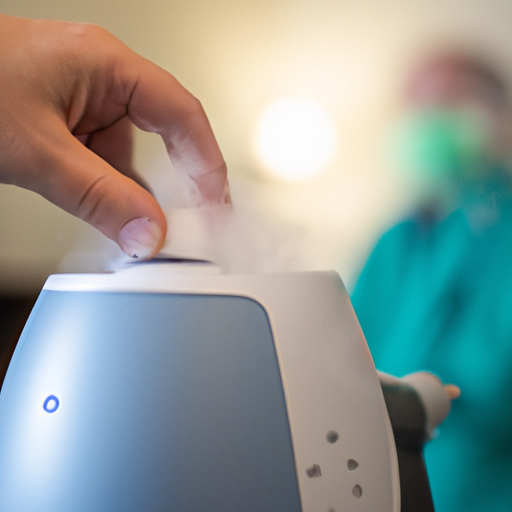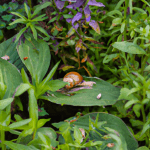Can Using a Humidifier Cause Pneumonia?
Using a humidifier can provide numerous benefits, such as relieving dry skin, reducing nasal congestion, and improving overall air quality. However, there have been concerns about whether using a humidifier can increase the risk of developing pneumonia. In this article, we will explore this topic and provide you with the necessary information to make an informed decision.
Understanding Pneumonia
Pneumonia is an infection that affects the lungs, causing inflammation in the air sacs. It can be caused by various factors, including bacteria, viruses, fungi, or even chemicals. Common symptoms of pneumonia include cough, fever, chest pain, and difficulty breathing.
The Role of Humidifiers
Humidifiers work by adding moisture to the air, increasing humidity levels in a room or an entire house. This can be particularly useful during dry winter months or in areas with low humidity. By maintaining optimal humidity levels, humidifiers can help alleviate dryness and promote better respiratory health.
Potential Risks of Using a Humidifier
While humidifiers offer several benefits, improper use or maintenance can pose certain risks. One concern is the growth of mold and bacteria in the humidifier’s water tank or misting mechanism. If not cleaned regularly, these microorganisms can be released into the air and potentially cause respiratory issues, including pneumonia.
Preventing Pneumonia from Humidifier Use
To minimize the risk of developing pneumonia from using a humidifier, it is crucial to follow proper maintenance and cleaning practices. Here are some essential tips:
1. Clean the humidifier regularly: Empty and clean the water tank daily, following the manufacturer’s instructions. Use a mild detergent and rinse thoroughly to remove any residue.
2. Use distilled or demineralized water: Tap water may contain minerals that can promote the growth of bacteria or mold. Using distilled or demineralized water can help reduce these risks.
3. Change filters as recommended: If your humidifier has a filter, replace it according to the manufacturer’s instructions. A dirty or clogged filter can harbor bacteria and impede proper moisture distribution.
4. Control humidity levels: Aim for a humidity level between 30% and 50%. Excessive humidity can create an environment conducive to mold and bacterial growth.
5. Position the humidifier correctly: Place the humidifier on a flat, elevated surface to prevent water accumulation and potential leaks.
Conclusion
While using a humidifier can provide numerous benefits, it is essential to take precautions to minimize the risk of developing pneumonia. Regular cleaning, proper maintenance, and controlling humidity levels are key factors in preventing the growth and spread of bacteria or mold. By following these guidelines, you can enjoy the advantages of a humidifier while maintaining a healthy respiratory environment.




